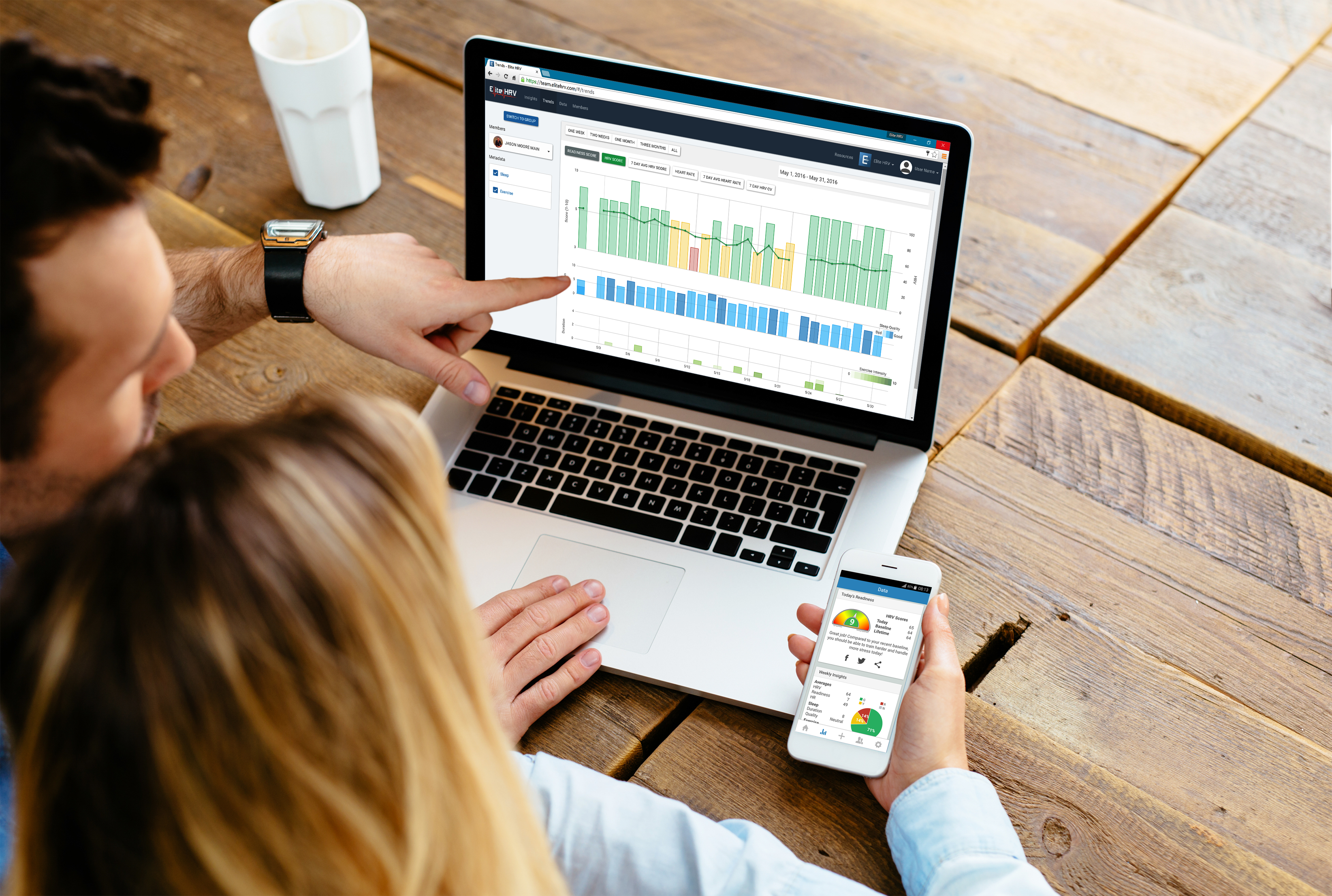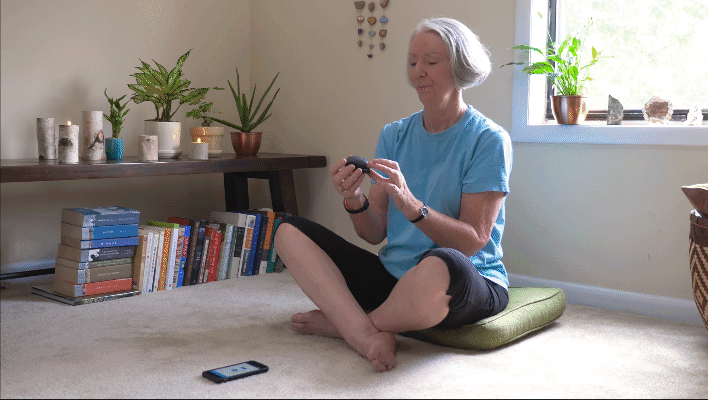1. Long-term Tracking of the Client’s Health and Training Impact
This involves having the client take HRV readings that are:
- short (~2-minutes)
- consistent (3-7 times per week)
- typically done at home
HRV by itself is helpful, but benefits heavily from context: what exactly is the client doing that changes health or performance?
So HRV readings should be tracked along with lifestyle, training and treatment behaviors and events that put the HRV reading in context. These include lab values, perceived stress, mood, workouts (exercise), sleep, and other information from your intake forms.
By tracking HRV consistently and matching it up against useful context, HRV informs how your health, stress or training protocols are working for your client.
Every 1-3 months (or unless the HRV data shows a major deviation), the client could have a consult. During the consult, the data is reviewed and health/stress/training protocols are adjusted.
If you’re interested in learning more, click below:




